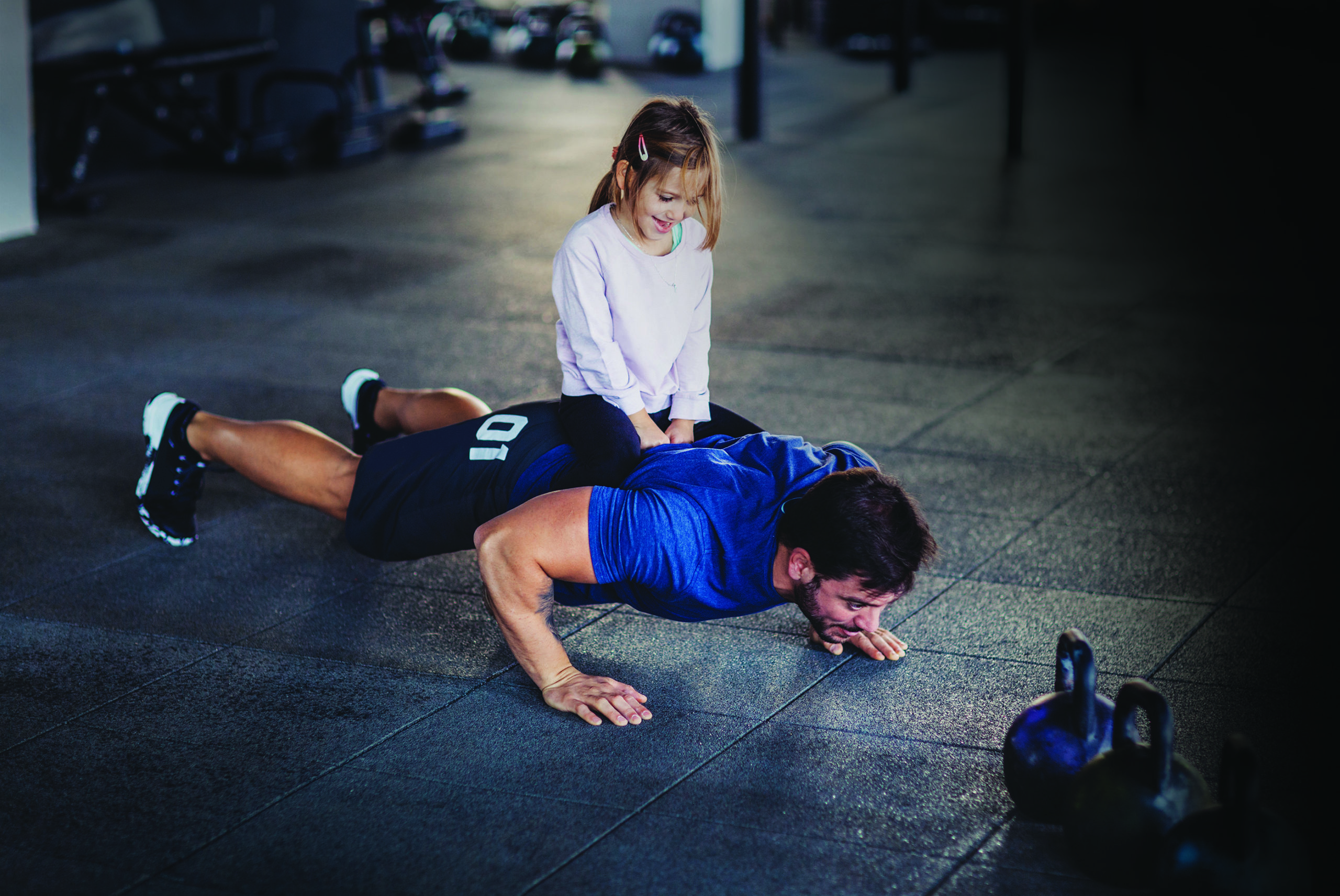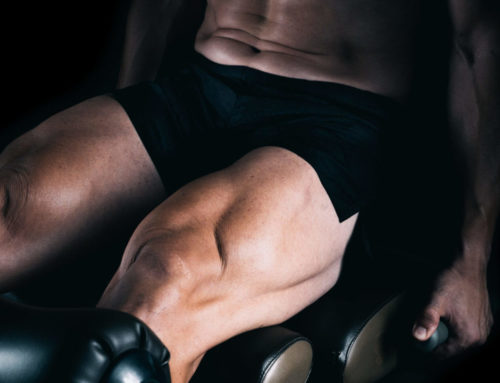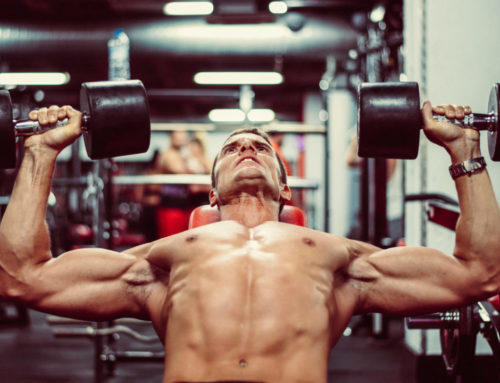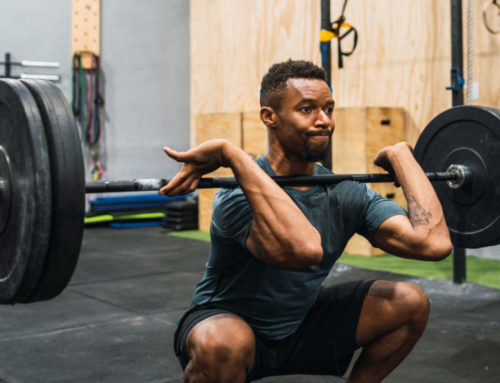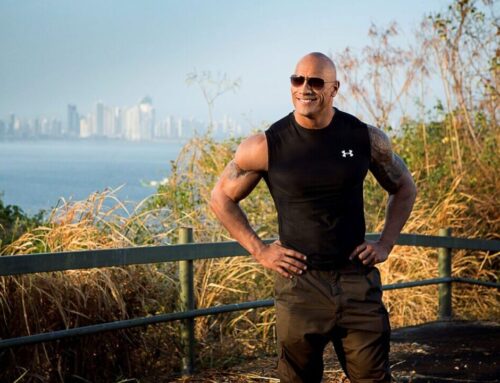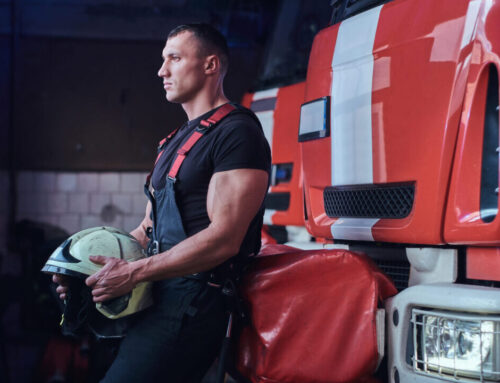Whether you’re cradling your newborn, struggling to put your screaming three-year-old into their car seat or rocking your child in your arms as you walk in a circle until they fallasleep – the dadbod can hurt.
As a parent to young children, almost everything you do carries the risk of injury. The chances of injury are compounded when you are overworked, do not get enough sleep or enough exercise. But I may have found the reason for these parental pains and the culprit is Father Time.
LITTLE DUST ON THE BOTTLE
Compared to the 1970s, twice as many new dads are 40 or older. Michael Eisenberg, an assistant professor at Stanford University Medical Center, says that 360,000 babies each year are born to fathers over 40 and 40,000 new arrivals have dads who are 50-plus.
According to the National Center for Health Statistics, new moms are getting significantly older as well. From 1990-2002 the delivery rate of babies born to mothers between the ages of 30-34 increased by 13% and new moms between 35-39 skyrocketed by over 25%. All the
while, the birth rate of children born to mothers under 30 decreased. The average age at which women had their first child increased from 21.4 years old in 1970 to 26.6 in 2016.
The point? Parents for the most part are much older than their children compared with previous generations. With age comes osteoarthritis, disc herniations, and rotator cuff tears. So, diving into a jumpy-castle or tobogganing down a steep hill carry a higher risk of bodily injury.
Age and physical trauma accelerate joint changes and make you more susceptible to arthritis. Dr. Dennis Crandall and the Turkish Neurosurgery Journal tell us that our spinal ligaments – which support the discs of our spine – become weak at around 45 years old which heightens the chance of disc herniations and surgery.
Do you have ongoing shoulder issues? Well, almost everyone over 40 has a partial rotator cuff tear but not everyone has shoulder pain.
STAYING OUT OF THE SICK BAY
As ever, prevention is the best medicine. These are some ways you can become the best version of yourself as you prepare for the next parent/offspring game of one-on-one.
CHILL OUT
Studies show that turning the thermostat to 65F can help you lose 5-10 pounds per year. Colder temperatures cause us to shiver to control body temperature.
Shivering not only burns calories, but also produces brown fat which is essential for creating body heat. A healthy weight eases pressure on joints which spare our knees, hips, and lower back from injury.
DON’T SKIP THE CARDIO
Cardiovascular aerobic exercise like walking, treadmill, swimming, or cross-country skiing can stimulate angiogenesis – the production of new blood vessels. The production of collateral blood vessels gives blood a variety of avenues to flow through. This improves the chances of regular oxygenated blood reaching our muscles and joints to keep them healthy.
Angiogenesis also helps our heart. In the case of an unwanted cardiac event, having collateral blood vessels around the heart will help minimize the damage.
DON’T SMOKE OR SIT
Sitting too much can contribute to chronic conditions like obesity, heart disease, and diabetes. Sitting also promotes a sedentary lifestyle which can cause muscle de-conditioning and increase the chance of back pain.
Smoking on the other hand contributes to chronic lung diseases but the nicotine is a vasoconstrictor which means oxygenated blood has a slower time reaching your tissues – which means your skin, muscle, and organs will simply age faster. Nothing is worse than being at your kid’s baseball game and being mistaken for grandpa.
BALANCING ACT
Working on your balance is key to keeping up with a 4 or 14-year-old. I have a morning regimen of balance exercises to give me an edge when I’m diving to prevent my son’s basketball from hitting my neighbor’s Porsche.
A. Balancing on one foot
Spend 30 seconds balancing on one foot and keep changing feet until you have done 10 times on each side. This promotes the function of proprioceptors and mechanoreceptors which feed the brain information.
B. Toeing The Line
Walk on your toes for 5 minutes per day or anytime you can. This promotes extension of your big toe which reduces hallux rigidus – osteoarthritis of your big toe. It also strengthens your calf muscles which stabilize your ankles and prevent ankle sprains.
C. Wobble Boards
If you are serious about balance, then purchasing a wobble board is a great way to take your balance to the next level. In addition to improving balance, wobble boards can help tighten your core and some people even do squats on them.
You can read the full article, along with all others from TRAIN issue 86, by getting a free subcription here.


